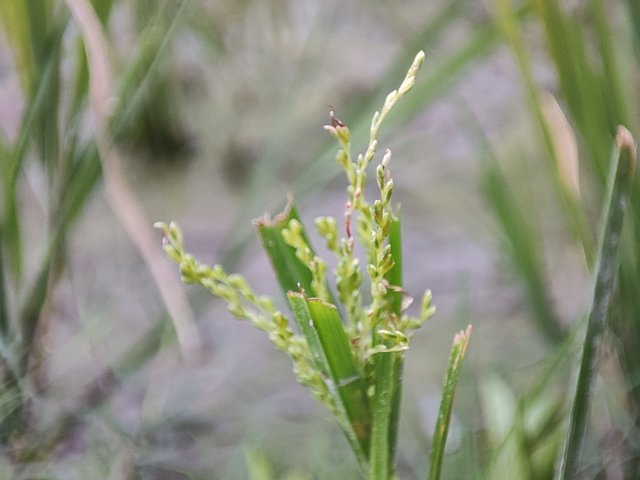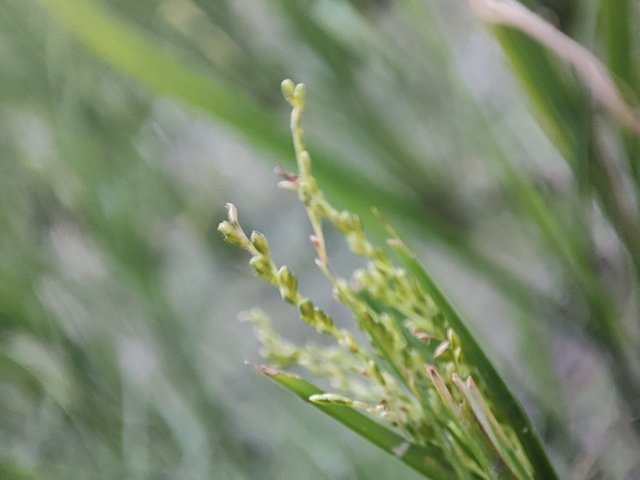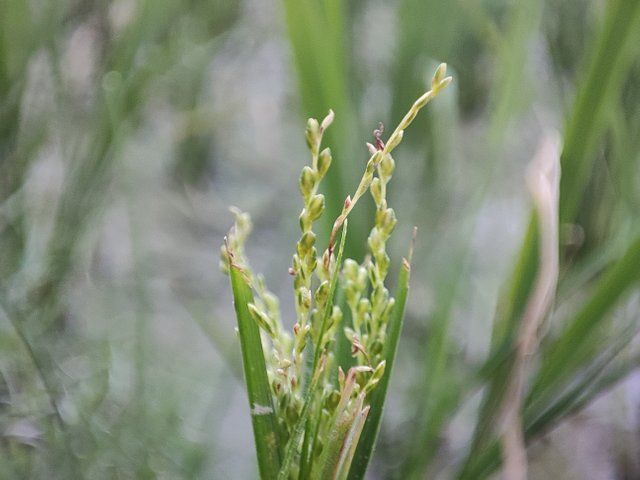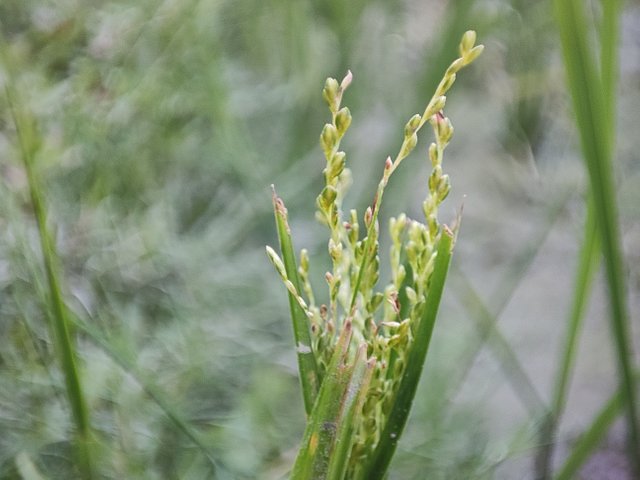Panicum Dichotomiflorum Flower So Amazing
Panicum dichotomiflorum: A Comprehensive Overview of Fall Panicgrass
Panicum dichotomiflorum, commonly known as fall panicgrass, is a robust, fast-growing grass species that belongs to the Poaceae family. It is native to North America but has become widespread across various regions due to its adaptability and vigorous growth. This species plays a vital role in both natural and human-influenced ecosystems, from stabilizing soil in disturbed areas to serving as a food source for wildlife. Its resilience and ecological importance make it a subject of interest for botanists, ecologists, and land managers alike.
Taxonomy and Classification
Scientific Name: Panicum dichotomiflorum
Common Names: Fall panicgrass, autumn panicgrass, fall panicum
Family: Poaceae
Genus: Panicum
Species: dichotomiflorum
Authority: Michx.
This species is sometimes confused with Panicum capillare and other Panicum species, but careful observation of its morphological features helps distinguish it.
Description and Morphology
Fall panicgrass is a warm-season annual grass that can reach heights of 0.5 to 1.5 meters. It typically appears in the late spring to early summer and thrives until the fall, hence the common name.
Stem: The stems are smooth, erect to sprawling, and often branched at the base. They may root at lower nodes when in contact with moist soil.
Leaves: Leaves are flat, smooth, and can be up to 30 cm long and 1.5 cm wide. The leaf sheaths may be slightly hairy near the base.
Ligule: A key identifying feature is the presence of a hairy ligule.
Inflorescence: The plant produces an open, spreading panicle, typically 10–30 cm long, bearing small spikelets that contain the reproductive parts.
Seeds: The seeds are small, smooth, and typically brownish when mature. They are an important food source for birds and small mammals.
Habitat and Distribution
Panicum dichotomiflorum is native to eastern North America but is now found throughout much of the United States and Canada, as well as in parts of Central America and introduced in other continents. It grows in a variety of disturbed habitats, including:
Agricultural fields
Roadsides
Ditches
Riverbanks
Construction sites
Moist to wet lowland areas
Its preference for moist soils makes it especially common in bottomlands, floodplains, and other areas with occasional inundation.




%20(8).jpeg)